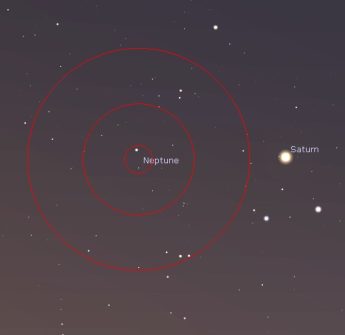This Week’s Sky at a Glance, 2025 May 10 – May 17
This Week’s Sky at a Glance, 2025 May 10 – May 17
Early this week stargazers have an opportunity to do an ISS marathon. The International Space Station orbits the earth at an altitude of about 400 km and at this height it completes an orbit in approximately 90 minutes. The ISS has large solar panels that reflect sunlight earthward, which make it bright enough to rival Jupiter and Venus at times. Usually, we can catch it once or twice in morning twilight for a period of about ten days, then in the evening twilight for the same stretch, and then it is unseen for a while as the overhead passes are in daylight or shadow. For a month either side of the summer solstice, when we have long periods of twilight, the ISS can be seen four or five times from evening through to morning. If you see it in each pass throughout the night you have completed the ISS marathon.
To determine when and where to look I use the website Heavens-Above, but there are other apps such as Satellite Safari that give the same information and may even give you an alert when a pass is about to occur. Heavens-Above defaults to zero degrees latitude and longitude so be sure to enter your location. Information includes the date and time, brightness, and where to look. Brightness is given in stellar magnitude, where the lower the number the brighter is the object, and the ISS is usually bright enough to be a negative number. With the Heavens-Above website, clicking on the date brings up a sky map showing the path of the ISS through the constellations.
This Week in the Solar System
Saturday’s sunrise is at 6:00 and sunset will occur at 8:41, giving 14 hours, 41 minutes of daylight. Next Saturday the Sun will rise at 5:51 and set at 8:50, giving 14 hours, 59 minutes of daylight.
The Moon is full on Monday and it rises near Antares the following evening. Mars continues to move eastward through Cancer, appearing as bright as the star Pollux in Gemini to its right. Later in the week Jupiter passes between the horn tip stars of Taurus, appearing lower in the west each night and setting before 11:30. Saturn and Venus rise before 4:30 am this week, and if you try early enough you might see Neptune half a binocular view left of Saturn and just below a somewhat brighter star. Mercury is lost in morning twilight as it approaches the Sun.
The William Brydone Jack Astronomy Club in Fredericton meets in the UNB Forestry-Earth Sciences building this Tuesday at 7 pm. Tune in to the Sunday Night Astronomy Show at 8 pm on the YouTube channel and Facebook page of Astronomy by the Bay.

